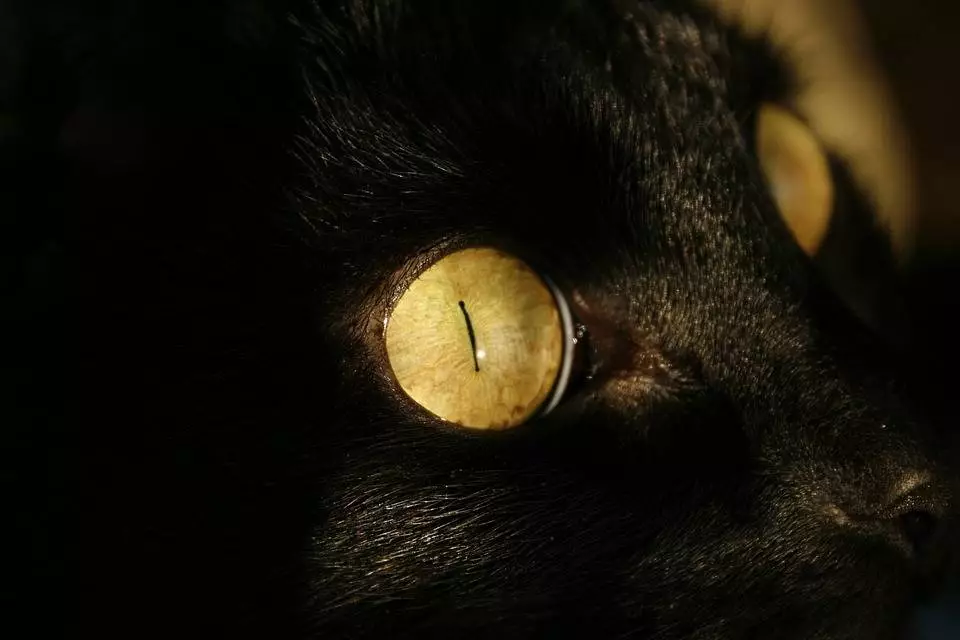As the vibrant hues of autumn melt into the shorter days and longer nights, pet owners must adapt their routines to ensure their furry companions remain safe and sound. With the clocks turning back, evening walks can quickly transform from a leisurely stroll to a potentially hazardous endeavor. The veterinary charity PDSA has issued a timely warning regarding the heightened risks pets face during this season, especially concerning road accidents. Here, we explore vital strategies for keeping our dogs, cats, and smaller pets secure during these darker months.
Every autumn, the PDSA witnesses a surge in pet injuries from road traffic accidents. As daylight diminishes, it becomes increasingly challenging for drivers to spot our animal companions, especially in low-light conditions. Pets are often unaware of the dangers posed by busy streets, making it imperative for owners to be proactive in their safety measures. An emergency vet visit is crucial for any pet involved in a traffic incident, underscoring the need for preventive actions prior to any mishaps.
For those who own dogs, modifying your evening routine can significantly enhance safety. The first step involves making both yourself and your pet more visible. Invest in reflective gear for yourself, and ensure your dog’s collar, harness, or leash incorporates visible elements such as reflective lights. The aim is simple: being seen in the dark can prevent dire accidents.
Moreover, consider carrying a flashlight and ensuring your mobile phone is charged for emergencies, particularly if your typical walking path traverses dimly lit areas. Keeping your dog on a leash during walks is vital, especially near roads; this not only keeps them close but also reduces the risk of unexpected encounters with traffic. If you prefer allowing your dog some off-leash freedom, confine this to secure locations where they can safely play without the risk of darting into the street.
Equally important is the necessity for pet identification. It’s not just a recommendation but a legal requirement for dogs to wear a collar and identification tag while outside. A microchip offers an additional layer of security, but only if the details are kept updated.
If the thought of venturing out in the dark seems daunting, it’s crucial to keep your dog stimulated at home. Fostering an entertaining environment can mitigate behavioral issues stemming from lack of exercise and mental engagement. Use interactive toys, engage in fetch, or create scavenger hunts within the house. These activities not only bond you with your pet but also ensure they remain physically and mentally active, preventing the onset of boredom.
Additionally, teaching your dog practical commands like ‘stop’ can be invaluable. Training them with these commands can instill a degree of road awareness, encouraging them to remain calm and obedient near traffic. It’s essential, however, to maintain close control and supervision around roadways to ensure their safety.
Feline friends pose their own set of challenges as the sun sets earlier. It’s recommended to keep cats indoors at night, particularly in environments where traffic is heavy. Some innovative cat flaps are now available that allow you to set timers, ensuring your cat remains home until morning. This simple adjustment can substantially reduce the risk of nighttime accidents and keep your feline safe.
Inside, make sure your cat has plenty of stimulation—this can be achieved through interactive play or providing stimulating toys. Creating a space for them to exercise—like cat trees or climbing shelves—can also help maintain their physical health during periods when they can’t explore the outdoors.
For those who let cats roam outside, consider a secure garden or designated enclosures where they can enjoy fresh air without the dangers of roads.
For owners of small pets that live outdoors, it’s easy to overlook their safety needs in the dim evening light. Equip yourself with adequate lighting when tending to them at dusk. A simple walk-through with a flashlight can help you ensure their well-being and check their enclosures for any hazards.
As we adjust to the darker evenings of autumn, it becomes increasingly crucial to modify our pet care practices. From enhancing visibility during walks to ensuring indoor safety for our feline companions, being proactive can go a long way in preventing accidents. By integrating these simple yet effective strategies, we can enjoy the beauty of autumn without compromising the safety of our beloved pets. For more tips and safety resources, visit the PDSA website and keep our furry friends healthy and safe this season.


Leave a Reply